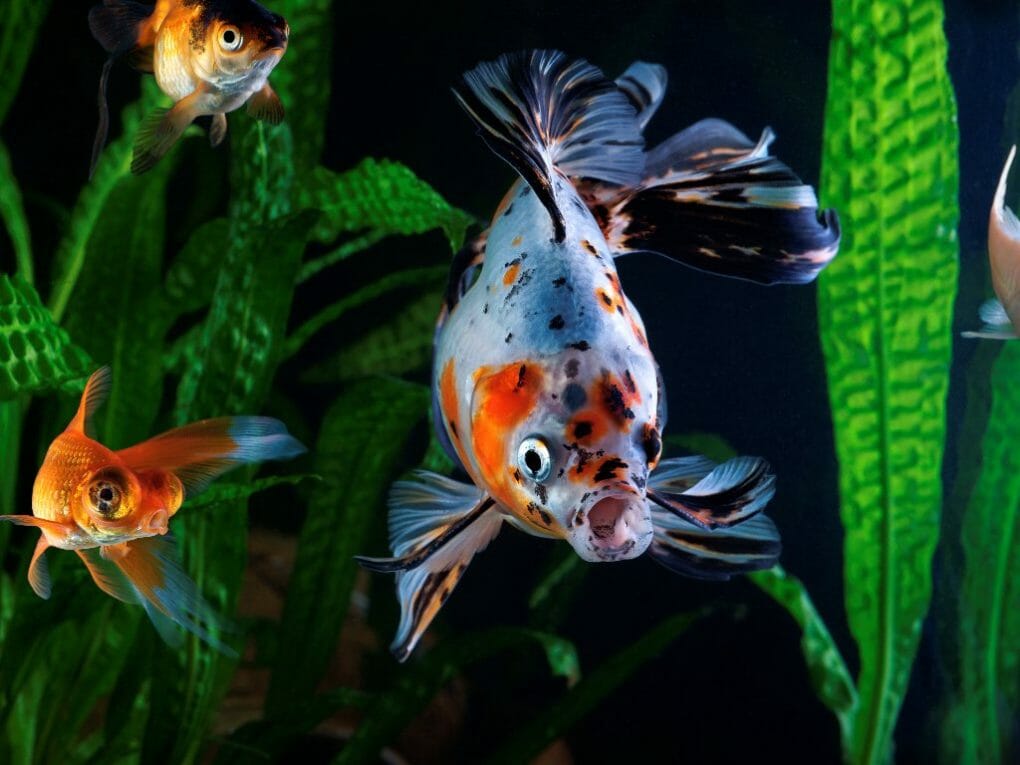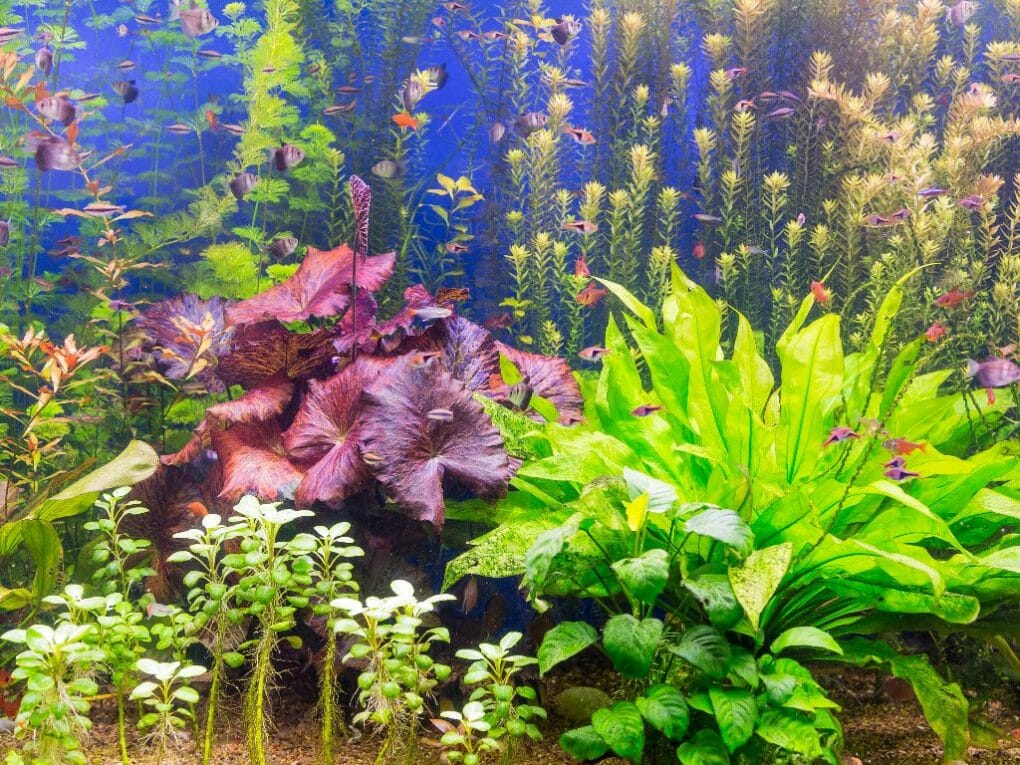How to Quarantine Aquarium Plants: Methods of Disinfecting New Plants

To quarantine aquarium plants, you can do one of two things: 1) Place them in a container with fresh water and add some chlorine or oxygen tablets to the water; 2) Make sure to change the water every day so that it remains clean and free of bacteria. After 3-4 days, you can transfer them into your tank.
It is important to quarantine new aquarium plants before adding them to your tank to help prevent diseases from spreading and ensure that the plant you are buying isn’t sick.
Table of Contents
Methods of Quarantining and Disinfecting Aquarium Plants
A quarantine tank is an essential part of any aquarium set-up. Therefore, it’s important to use the proper method for quarantining aquarium plants to prevent disease spread. To do this, use plastic buckets with lids for quarantining tanks. Ensure all water conditions are perfect before introducing any new fish or plant into your aquarium.
Always use fresh, sterilized water when adding new fish or plants to your aquarium – even if you’re using established plant specimens from another tank! And remember to keep a strict schedule and clean regimen while quarantining plants to ensure everything goes smoothly.
Various methods are available to disinfect new plants, so choosing the best one for your aquarium and plant population is up to you. Once the plants are disinfected, you can plant them in their final location in the aquarium tank.
Make sure to water them well before planting them, and watch out for diseases that new aquarium plants may spread.
Salt Dip
Keeping aquarium plants healthy and disease-free is a task that requires regular attention. One of the most effective ways to accomplish this is by using a salt dip. Make sure you get the suitable marine salt – something with a high concentration of minerals will do the job best.
The dip must soak into plant roots for about 15 to 20 minutes, so ensure your aquarium has enough water reserve; otherwise, it will spill over when poured out.
Once soaked in, remove any excess water with a cloth towel before allowing it to dry completely (which may take up to 24 hours). Salt dips also kill any unwanted bacteria or fungi present in plants!
Bleach
Bleach is a household disinfectant used to sterilize new plants for aquariums. Keep in mind that bleach will also remove the color from the leaves of the plants, so be careful if you use it on brightly-colored specimens.
Bleach kills bacteria and fungi, so it is a good choice for sterilizing new plants. So make sure to do a test patch first to ensure the bleach is safe for the plant.
Hydrogen Peroxide Solution
Using a hydrogen peroxide solution is an excellent way to quarantine aquarium plants. Make sure to shake the container well before using it and store it in a cool, dry place. Always follow the instructions carefully, as incorrect usage can harm or kill your plants.
Potassium Permanganate
One of the most effective methods of aquarium plant disinfection is potassium permanganate, which must be diluted before use and left on the plant for a minimum of 10 minutes. Ensure the plant’s water is placed and has been sterilized beforehand to increase effectiveness.
Alum
Alum is a great way to quarantine aquarium plants and keep them healthy. You can also use it to control algae growth. Dilute alum before using it, as too much can damage plants. Keep alum in a sealed container and use it as needed.
Why You Should Quarantine Plants
It’s essential to quarantine fish tanks and plants to maintain healthy bacteria levels. Quarantining plants will help prevent the spread of disease to other fish in the tank and new plants you might add in the future. Quarantining them for a few days also allows you to ensure their safety before adding them to the tank. Doing this can reduce the risk of cross-contamination and keep your aquatic ecosystem healthy and stable.
New plants can infect bacteria, viruses, or fungi that harm your aquarium fish and coral. So, quarantine new plants carefully to avoid any problems.
When selecting a plant for your aquarium, please read the label and look for indicia that it has been quarantined. Additionally, quarantine new aquarium plants before adding them to your tank to ensure they’re healthy and infection-free.
Issues That Can Happen if You Don’t Quarantine New Plants

Disease-Causing Microorganisms (Especially Fungi)
By not quarantining plants before adding them to an aquarium, you risk bringing over a whole host of new problems, such as disease. One of the most common plant diseases is a fungal infection, which can be particularly destructive to new aquarium plants.
Knowing which fungi affect aquatic plants can help avoid taking this path in the first place. In addition to causing severe damage, fungi often produce unpleasant smells that can quickly become intolerable in a tank setting.
Snail Problems
Snail problems can be painful, particularly if you have new plants in your aquarium. Get rid of eggs or snail shells before adding new plants to the tank – this will help prevent damage.
Use an anti-snail bait to reduce the number of snails in your tank – this will also keep them away from the plants and improve plant growth. Keep new tanks separate from established tanks to allow parasites and bacteria time to disappear – otherwise, you’ll get snail problems!
Algae Growth
Algae growth is an inevitable part of aquarium life. However, it can be minimized by following a few simple steps. First, avoid bringing in other plants from outside until you have had a chance to check them for disease.
If quarantine is not possible or algae have already started growing, the best solution is to remove the algae with water and plant nutrients (such as potassium carbonate). Do this every day until algae growth stops or until new plants are established and able to take over the tank’s water column.
In cases like these where plant roots cannot penetrate the soil deeply enough, aquatic plant fertilizers can help stimulate healthy algae growth instead of harmful nuisance algae blooms.